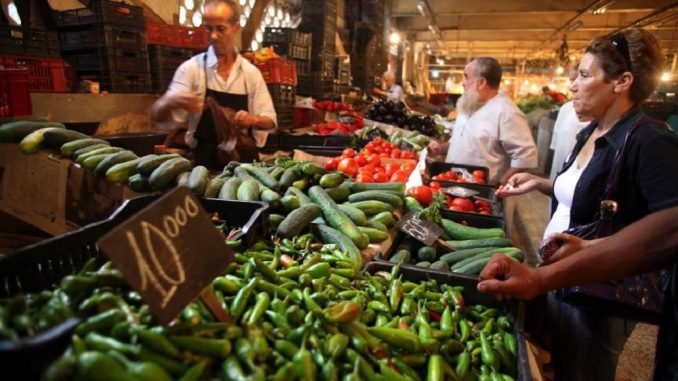
Inflation aggravates the fall in purchasing power and particularly hits the most vulnerable. Incomes are not enough to cover basic needs.
By Samir Am
People often wonder why one dollar buys much more than one Algerian dinar. Why a car is bought, for example, at $200,000, while in Algeria a car is bought in terms of millions. Every citizen tries to understand this phenomenon called purchasing power, which is the amount of goods or services that a monetary unit is able to buy.
Depreciated income
In a country where the inflation rate is high, purchasing power is low because wages remain constant while prices are constantly increasing. We can calculate the purchasing power of all these incomes, but we often look at wages. In this case, we are talking about the purchasing power of household wages, which is considered only on net household income.
Low purchasing power
Thus, if prices increase in an environment where wages are constant, purchasing power decreases while, if the increase in wages is higher than the increase in prices, purchasing power may increase. The concept used here is that of wages, but the reasoning applies to all resources (labor, capital, family and social benefits).
Imported inflation
Every day, the exchange rate of the dinar is subject to adjustments, depending on the exchange rate of the dollar and the euro on the world currency market. This explains the low external competitiveness of the national currency at the international level and, without concealing the concerning rise in the price of wheat and milk on the world markets, which inevitably has repercussions on the prices of basic foodstuffs within the country. The strong dependence on food makes the population suffer the inevitable consequences of imported inflation.
Food shortages
Through statistics published in the World Bank Group report (Middle East and North Africa Region Fall 2021), we read that, in October 2021, the consumer price index rose by 9.2% year-on-year, a high since 2012. An early drought that slowed agricultural production and efforts to rationalize food subsidies and imports contributed to a rapid increase in the prices of fresh and processed food products (+16.5% and +12.3% y-o-y, respectively).
The most vulnerable, the poorest
At the same time, prices of imported and manufactured goods continued to rise at a high and accelerating pace, driven by a sustained exchange rate depreciation. Due to the sharp spike in food inflation, the purchasing power of the most vulnerable segment of the population was disproportionately affected in 2021, given the higher weight of food products in their consumption basket.
We cannot live decently
We work all day and are unhappy, living miserably. We no longer know the taste of meats, desserts… Our current salaries are no longer sufficient to cover elementary needs. We are tired of depriving ourselves and nourishing ourselves every day only with milk and bread. We are all sick to our stomachs and colons from eating poorly.
We can no longer dress ourselves, buy linen, dishes, furniture, save money, go for walks with our children, take in our families or travel. And the thought of owning a car or an apartment has become impossible. Everything is expensive.
We may have tightened our belts, but we can no longer cope with this problem of purchasing power. Indexing salaries and pensions to price increases is the best way to safeguard purchasing power. And it can be achieved with the mobilization and struggle of the workers and the people.








